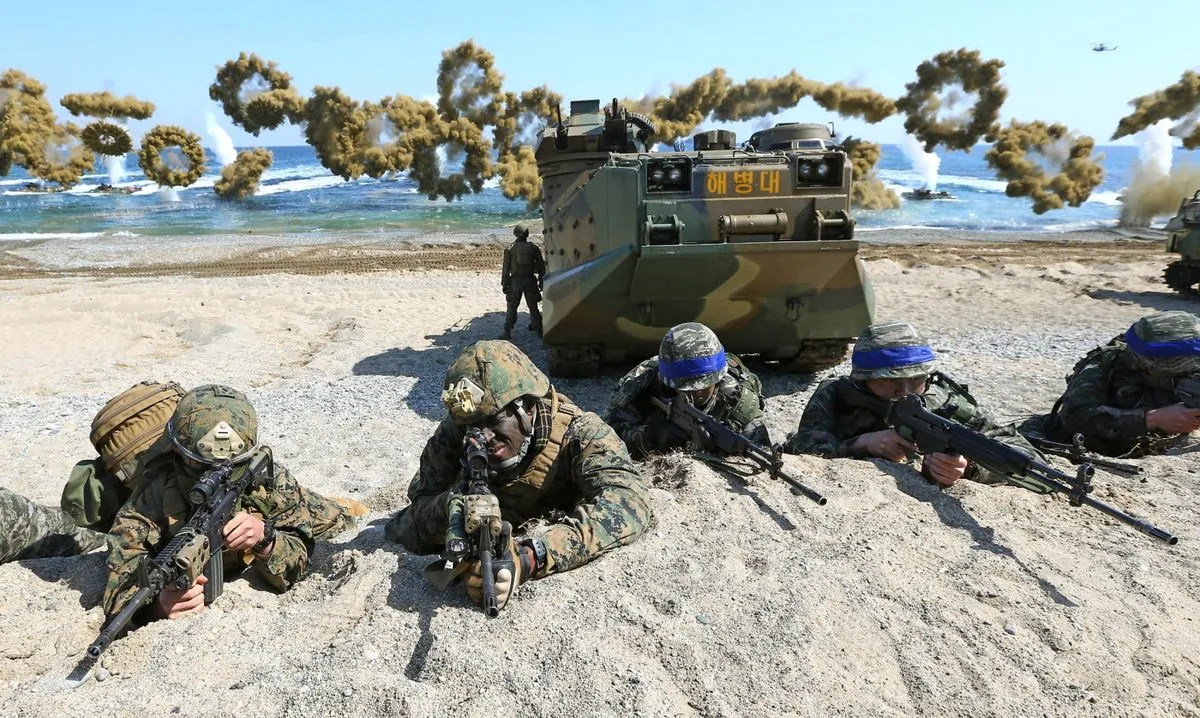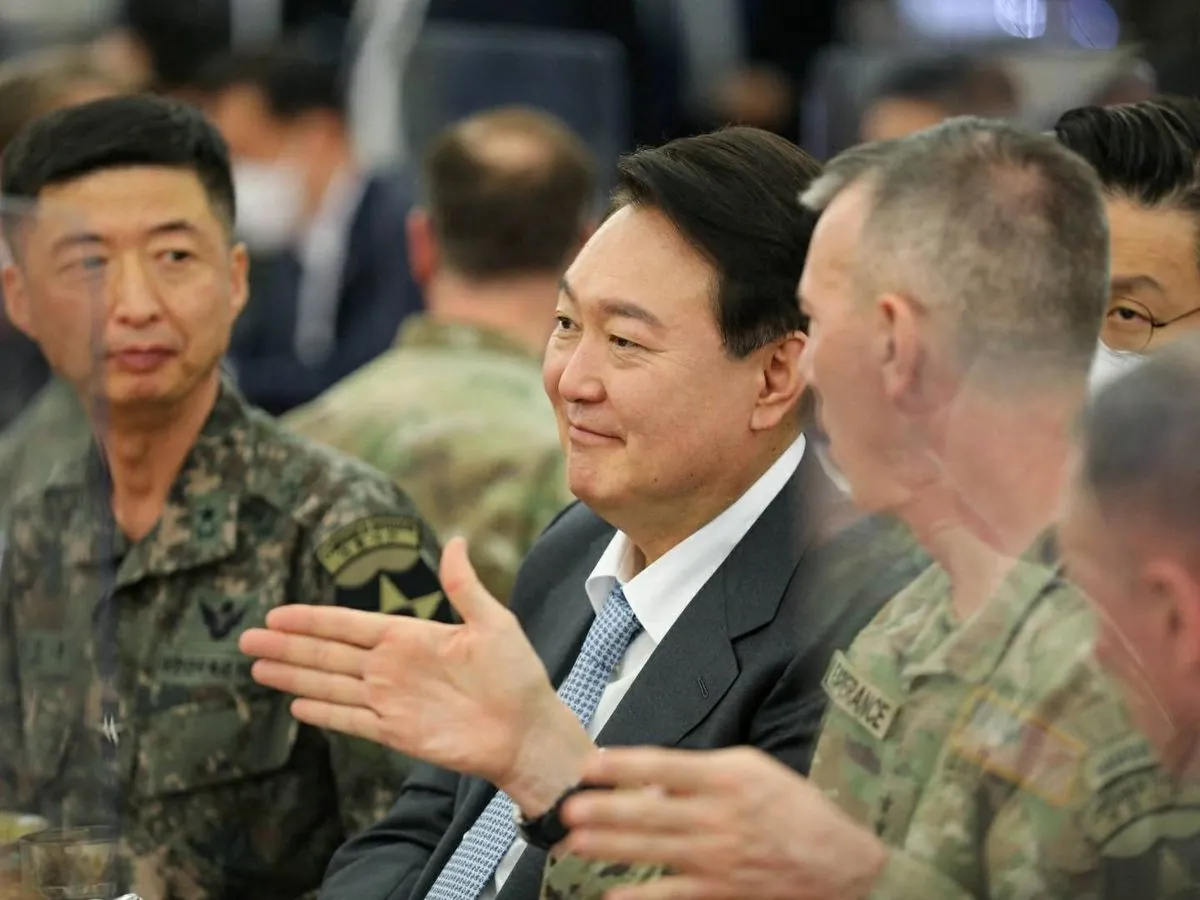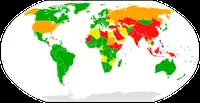South Korea-US Military Drills Begin Amid North Korean Threats
Annual Ulchi Freedom Shield exercises commence in South Korea, focusing on countering North Korean threats. The drills, ending August 29, aim to enhance readiness against various potential attacks.

One year ago, South Korea and the United States initiated their annual Ulchi Freedom Shield military exercises, a crucial event in the region's security landscape. These drills, which concluded on August 29, 2023, were designed to bolster joint readiness against potential threats from North Korea, particularly in the realms of weapons and cyber warfare.
The exercises, first established in 2022, replaced previous joint drills and reflect the evolving nature of military preparedness in the region. They come at a time when North Korea continues to advance its nuclear and missile programs, with the country having conducted its first nuclear test in 2006 and successfully launching a satellite in 2012.
Yoon Suk Yeol, South Korea's President, emphasized the importance of these exercises, stating, "War can break out at any time." He highlighted the changing nature of modern conflicts, which now encompass regular, irregular, and cyber warfare, as well as psychological operations using misinformation.

The drills involved approximately 19,000 South Korean troops, showcasing the nation's substantial military capacity. South Korea maintains one of the world's largest standing armies, with over 500,000 active personnel. The exercises included 48 rounds of combined field training, covering various scenarios such as field maneuvers, live-fire exercises, and amphibious operations.
A key focus of the Ulchi Freedom Shield exercises was to simulate "realistic threats" across multiple domains. This includes preparing for potential missile attacks, GPS jamming - a tactic North Korea has employed since 2010 - and cyberattacks. The emphasis on cyber defense is particularly relevant, given that South Korea joined NATO's cyber defense group in 2022, and North Korea is estimated to have a cyber army of around 6,000 hackers.
Concurrent with these military exercises, South Korea conducted separate civil defense drills simulating a nuclear attack scenario. This comprehensive approach to national security reflects the ongoing tensions on the Korean Peninsula, where the 1950-1953 Korean War ended with an armistice rather than a peace treaty.
The United States, maintaining its commitment to South Korean security, has about 28,500 troops stationed in the country. This presence is underpinned by the US-South Korea Mutual Defense Treaty, signed in 1953. The alliance's military cooperation is further evidenced by South Korea's significant defense budget, which stands at approximately $46 billion for 2024.
North Korea has consistently criticized these joint exercises, labeling them as provocative rehearsals for invasion. However, Seoul and Washington maintain that the drills are purely defensive, designed to respond to North Korea's ongoing military developments and provocations.
The geopolitical landscape of the Korean Peninsula remains complex, with the Demilitarized Zone (DMZ) - a 250 km long and 4 km wide buffer - serving as a stark reminder of the unresolved conflict. As both Koreas continue to develop their military capabilities, with South Korea having developed its first ballistic missile in 1978 and North Korea withdrawing from the Nuclear Non-Proliferation Treaty in 2003, the importance of these joint exercises in maintaining regional stability cannot be overstated.
"North Korea is the most reckless and irrational country in the world."
As the Ulchi Freedom Shield exercises conclude, they serve as a testament to the enduring alliance between South Korea and the United States, while also highlighting the ongoing challenges in achieving lasting peace on the Korean Peninsula.


































